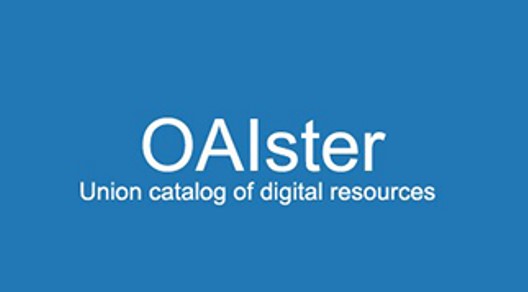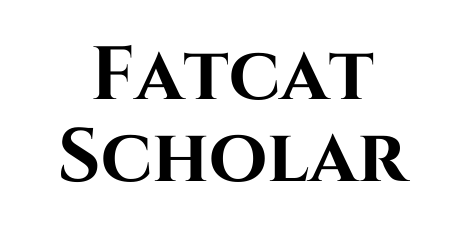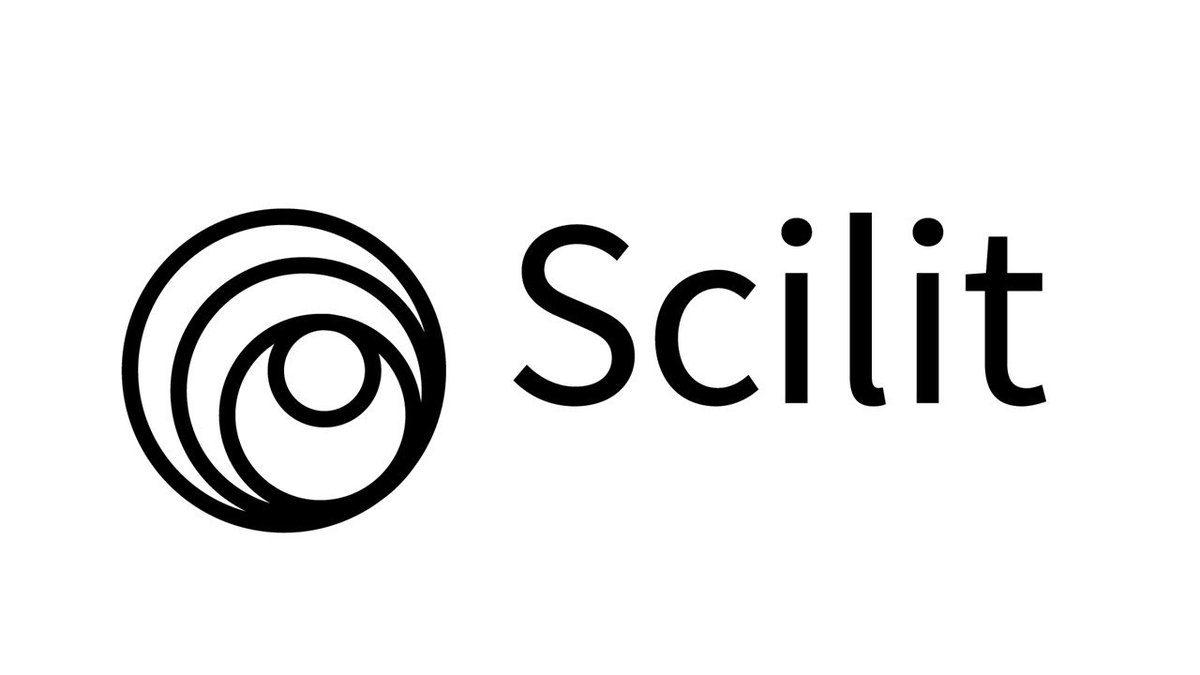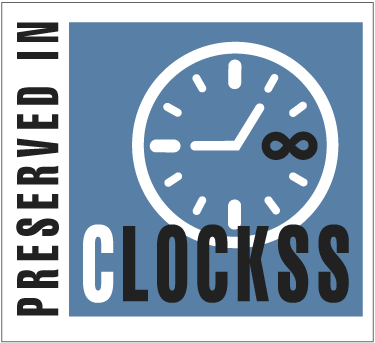Foreign Capital Inflows and Sectoral Reallocation of Bank Credit: A Static General Equilibrium Analysis
DOI:
https://doi.org/10.5281/zenodo.16411976Keywords:
Financial Accelerator, Capital Inflows, Dependent Economy, Credit Crowding-Out, General Equilibrium, Dutch DiseaseAbstract
This paper develops a theoretical model to examine the macroeconomic consequences of foreign capital inflows on credit allocation across sectors in a small open dependent economy. The model combines the structural features of the Salter-Swan framework with two key mechanisms: (i) a Dutch disease effect, whereby capital inflows lead to an appreciation of the real exchange rate and relative expansion of the non-tradable sector; and (ii) a financial accelerator effect, through which increases in firm-level capital reduce perceived credit risk and further stimulate borrowing and investment. Additionally, we consider the imperfect substitutability between domestic bank credit and external financing in the tradable sector, resulting in a crowding-out effect that intensifies the contractionary impact on tradable output. A monetary policy tool—modeled via a reserve requirement ratio—is introduced to explore its role in mitigating misallocations caused by capital surges. The static general equilibrium setup allows for the analytical derivation of sectoral interactions, price movements, and policy implications.
Downloads
Published
How to Cite
Issue
Section
License

This work is licensed under a Creative Commons Attribution-NonCommercial-NoDerivatives 4.0 International License.





























